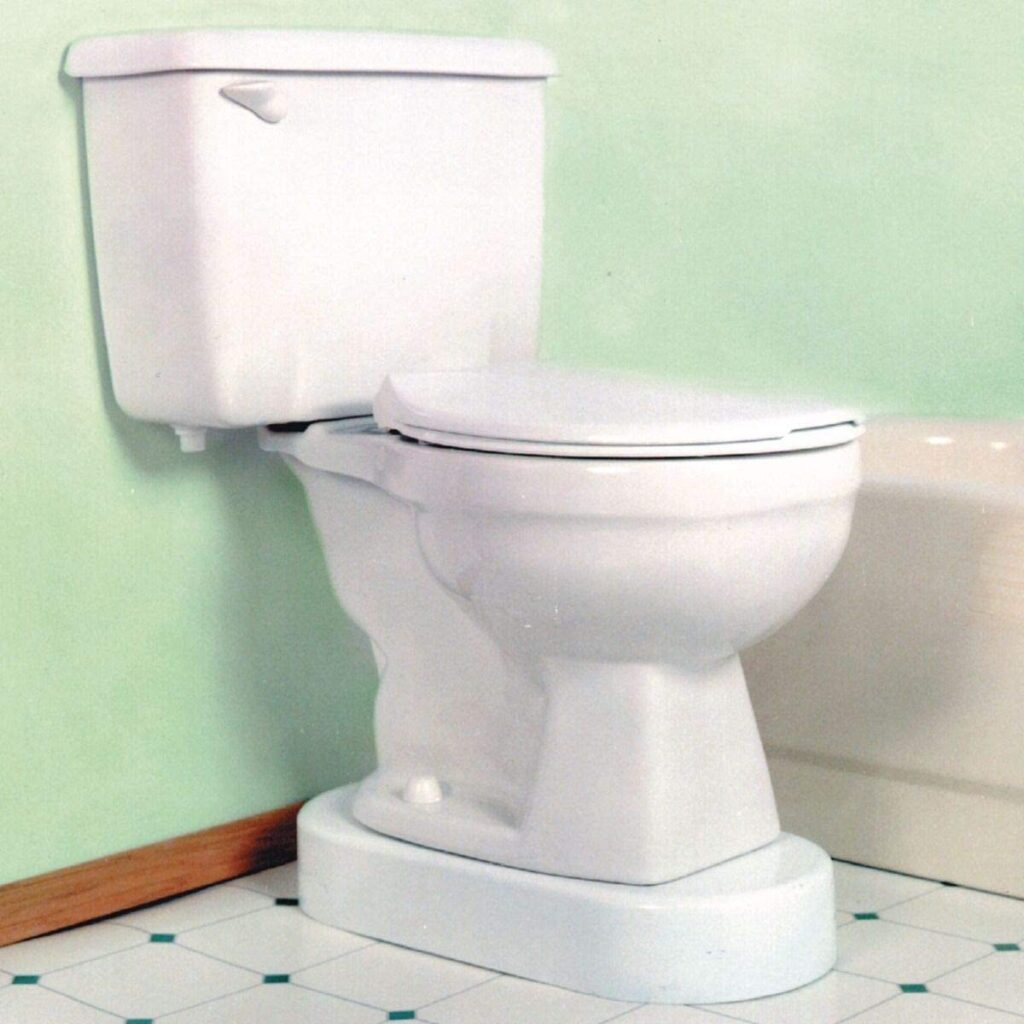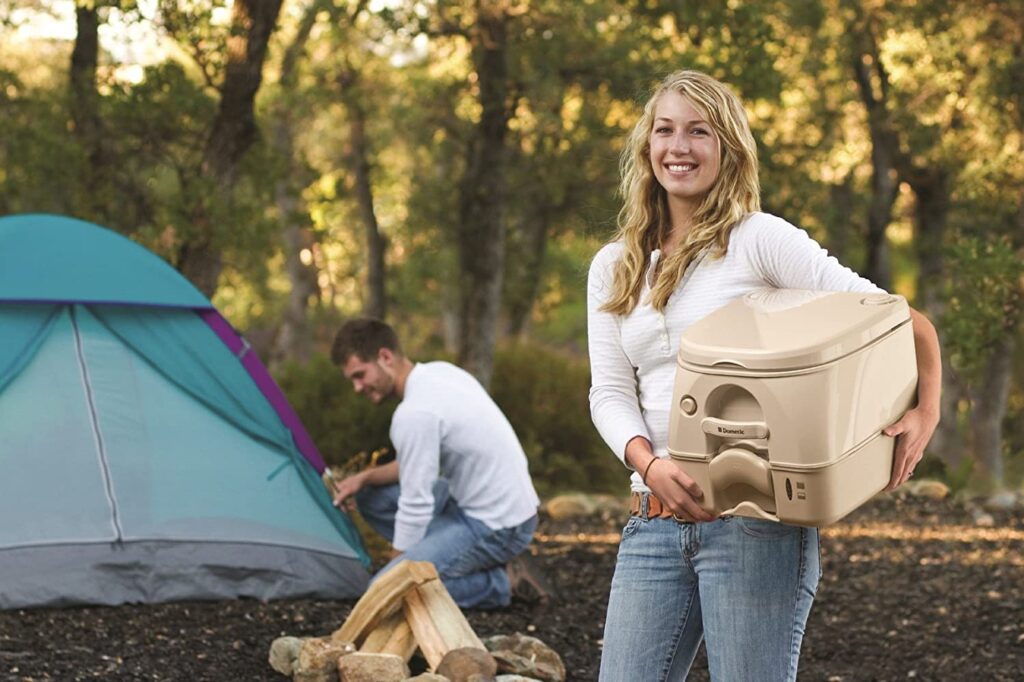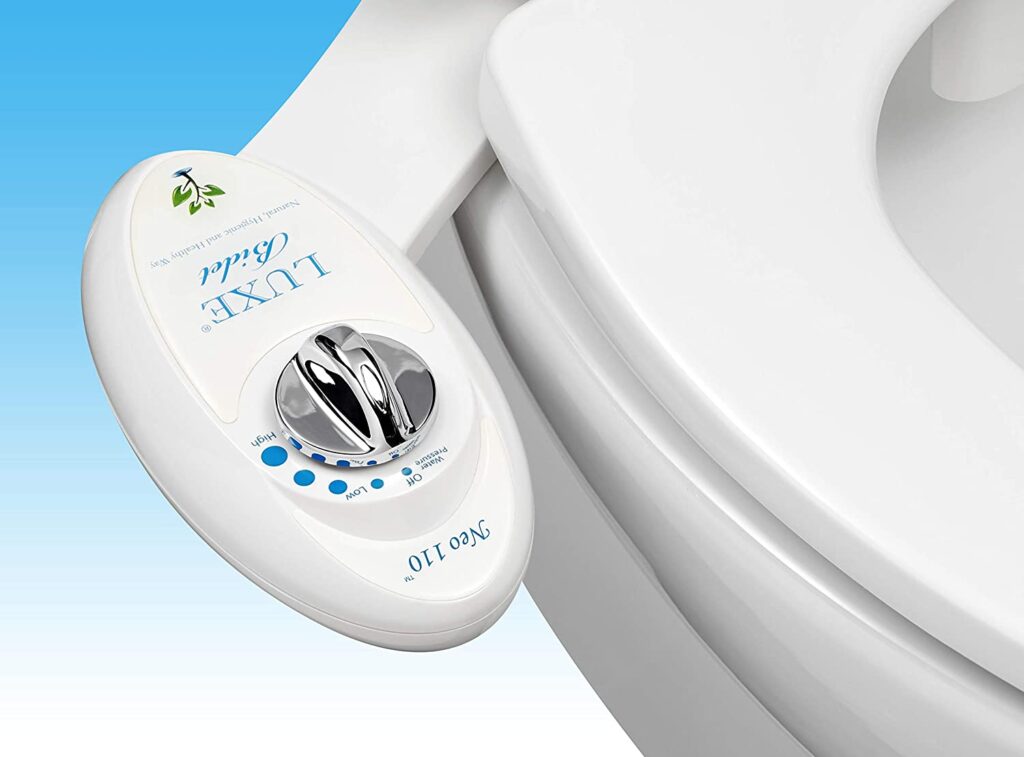Ants invading your bathroom can be more than just an inconvenience — they’re a sign of underlying problems like excess moisture, food scraps, or cracks in the walls. These tiny creatures can make your bathroom feel unclean and uncomfortable. The good news is that there are several ways to get rid of ants in the bathroom, and you can also prevent them from returning. In this guide, we’ll walk you through some simple and effective strategies for tackling this common problem, whether you prefer natural remedies, chemical solutions, or a mix of both.
Table of Contents
1. Identifying the Ants in Your Bathroom
Before diving into solutions, it’s important to identify the type of ants you’re dealing with. The bathroom is an unusual place for ants to thrive, so it’s essential to know why they’re attracted to it and what type of ant species you’re facing.
a. Common Bathroom Ants
-
Sugar Ants: These ants are often attracted to sugary residues, and you’ll find them around toothpaste, soap, or bathroom trash.
-
Little Black Ants: Tiny black ants are likely the most common culprits in your bathroom, often seen marching in lines.
-
Carpenter Ants: Less common in bathrooms, but if you have wood in your bathroom (like wooden cabinetry or framing), these ants could be attracted to moisture.
b. Why Ants Choose Your Bathroom
Ants are drawn to bathrooms because of the readily available moisture and sometimes food sources. They are also in search of shelter, and bathrooms often provide quiet spaces for them to nest in. If your bathroom is particularly humid, ants are likely finding the moisture they need. Similarly, if there are food scraps, soap scum, or even hair, ants might be on the lookout for an easy meal.
2.Understanding Why Ants Invade Your Bathroom
a. Excess Moisture and Humidity
The bathroom is naturally a moist environment, especially after showers. Ants, like many insects, need water to survive. They often enter bathrooms to find a consistent water source. Damp areas around sinks, bathtubs, or even behind your toilet can become a hotspot for ant colonies.
b. Leftover Food or Sweets
While the bathroom isn’t generally associated with food, ants will still go after whatever food sources they can find. Sugar ants, for example, are attracted to toothpaste, soap, or sugary residue left in the sink. Other times, it might be food particles that have made their way to your bathroom from other areas of the house.
c. Cracks and Entry Points
Ants can sneak into your bathroom through the smallest of gaps. Cracks in the walls, around windows, or along the edges of the floorboards can give ants easy access. Ants use these gaps as highways to get in and out of the bathroom unnoticed.
3. Natural Remedies to Get Rid of Ants
If you prefer to take a more natural approach to eliminate ants, there are several remedies you can try. These solutions not only help rid your bathroom of ants but also minimize the use of harmful chemicals.
a. Vinegar Solution
Vinegar is a powerful, non-toxic remedy that can disrupt the scent trails that ants use to find food and water. Here’s how to use it:
-
Mix equal parts white vinegar and water in a spray bottle.
-
Spray the mixture on ant trails, around bathroom edges, and directly onto ants when you see them.
Vinegar can help deter ants from returning and may also work as a cleaning solution for removing food residues or soap scum.
b. Essential Oils
Ants are repelled by certain essential oils like peppermint and tea tree oil. These oils contain compounds that ants find overwhelming, making them an effective deterrent. Simply:
-
Mix 10-15 drops of essential oil with a cup of water in a spray bottle.
-
Spray around windows, doorways, and cracks where ants are entering.
c. Cinnamon and Bay Leaves
Cinnamon’s strong smell is known to confuse ants and disrupt their scent trails. It’s easy to use:
-
Sprinkle ground cinnamon around entry points or along the bathroom perimeter.
-
You can also place whole cinnamon sticks or bay leaves in areas where ants are commonly spotted. This natural method is safe for homes with pets or children.
4. Chemical Solutions for Ant Control
While natural remedies are great for minor infestations, sometimes you may need a stronger, more immediate solution. Here are some chemical methods that can help eliminate ants effectively.
a. Ant Sprays and Gels
Commercial ant sprays and gels are formulated to kill ants quickly and prevent reinfestation. They contain active ingredients that target the ant’s nervous system. You can use sprays to target visible ants and gels to lure ants and take poison back to their colony. Popular ant sprays like Raid Ant & Roach Killer or Ortho Home Defense are widely available and effective.
b. Bait Traps
Ant bait traps are another great solution, especially for long-term control. Ants carry bait back to their colonies, effectively killing the whole colony. The process can take several days but is often the most effective way to wipe out an infestation. Some highly rated options include Terro Liquid Ant Bait and Combat Max Ant Bait.
c. Powders and Granules
Diatomaceous earth (DE) is a non-toxic, natural powder that works wonders against ants. It dehydrates the ants by breaking down their exoskeletons. Simply sprinkle it around the perimeter of the bathroom and in cracks or other entry points. Harris Diatomaceous Earth is a well-known brand that’s safe for use around pets and children.
5. Preventing Future Ant Infestations
Getting rid of ants is half the battle — preventing them from returning is equally important. Here are some tips to keep ants at bay once you’ve solved the issue:
a. Seal Entry Points
One of the most effective ways to prevent ants from coming back is by sealing any cracks or gaps around windows, doors, and pipes. Use caulk or weather stripping to fill in cracks. You may also want to replace old, damaged window screens to keep ants and other pests outside.
b. Regular Bathroom Cleaning
Keep your bathroom clean and dry to remove potential food sources. Clean around the sink, shower, and toilet regularly, and wipe away toothpaste, soap scum, and hair. Pay extra attention to areas that collect moisture.
c. Use a Dehumidifier
Installing a dehumidifier in your bathroom can help reduce the moisture levels, making it a less appealing place for ants to thrive. By keeping the air drier, ants are less likely to enter your bathroom in search of water.
When to Call a Professional Exterminator
Sometimes, despite all your efforts, ants persist. If you notice that the infestation is growing or if you’re dealing with particularly stubborn species like carpenter ants, it’s time to call in the professionals. Pest control experts have access to more powerful solutions that can deal with larger infestations effectively.
Conclusion
Getting rid of ants in the bathroom can seem like an overwhelming task, but with the right approach, you can eliminate them quickly and prevent them from coming back. Whether you prefer natural remedies like vinegar and essential oils, or chemical solutions like ant sprays and baits, there’s a solution for everyone. Be sure to also seal entry points and maintain a clean, dry bathroom to prevent future infestations. With these steps, you can keep your bathroom ant-free and enjoy a cleaner, more comfortable space.






